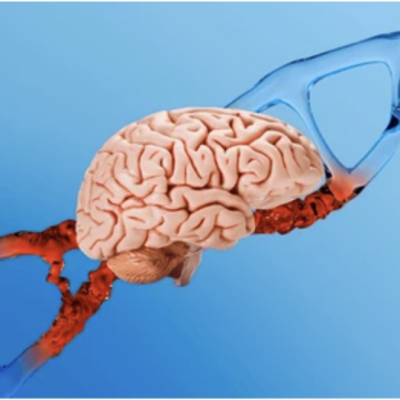In a significant scientific breakthrough, Chinese Academy of Sciences (CAS) researchers have achieved the unprecedented birth of a living hybrid monkey using genetically modified stem cells. Stem cells, sourced from different embryos and modified with a green fluorescent protein, were used in the experiment. Published in the journal Cell, the study sheds light on pluripotent stem cells in primates, offering potential insights into biomedical studies and organ generation for therapeutic applications.
CAS researchers utilized stem cells from genetically distinct embryos, modifying them with a green fluorescent protein marker. Despite developmental challenges, the surviving monkey displayed a blend of original and injected stem cells across various tissues. Analysis revealed the presence of these cells in 26 different tissue types, including the brain, heart, kidney, liver, and gastrointestinal tract. While the success is acknowledged as a milestone by Zhen Liu from CAS, concerns arise over the health and viability of the offspring. Nevertheless, scientists anticipate future applications, particularly in organ generation and genetic research projects, potentially transforming biomedical examinations and organ transplantation.










